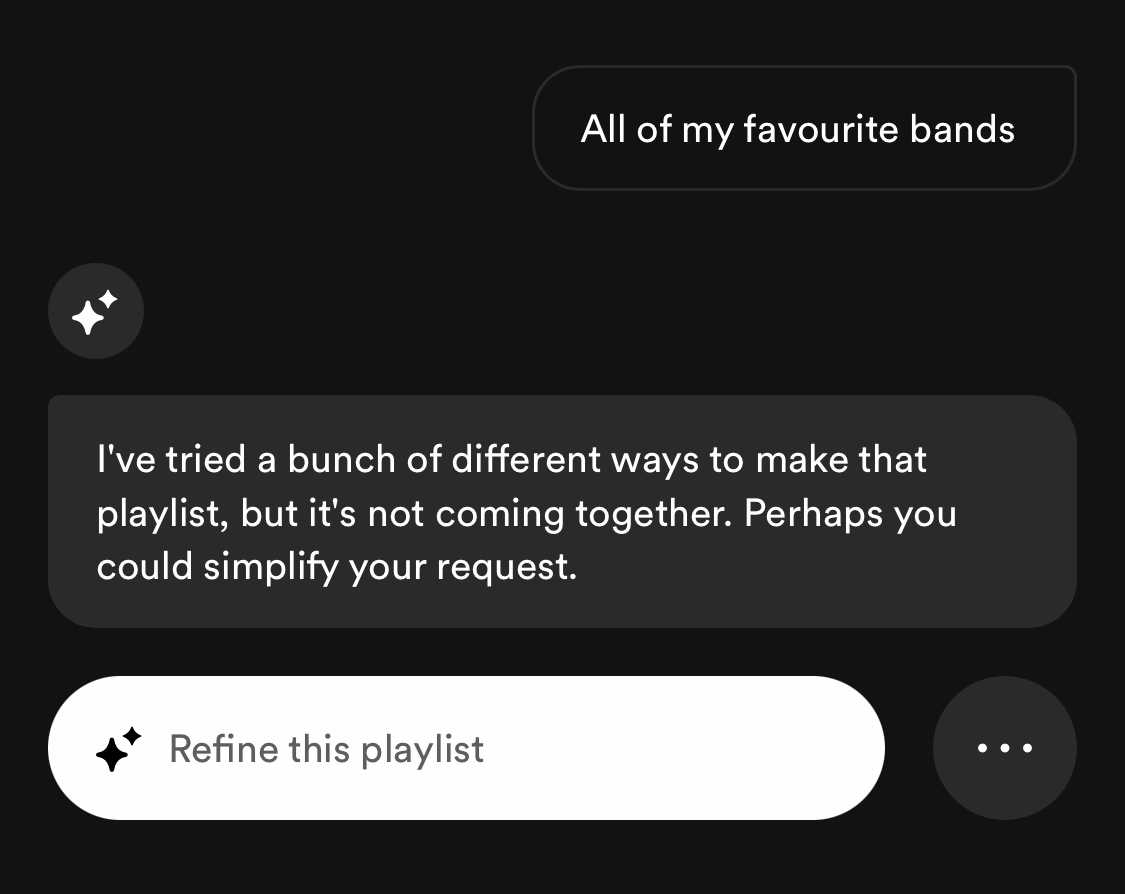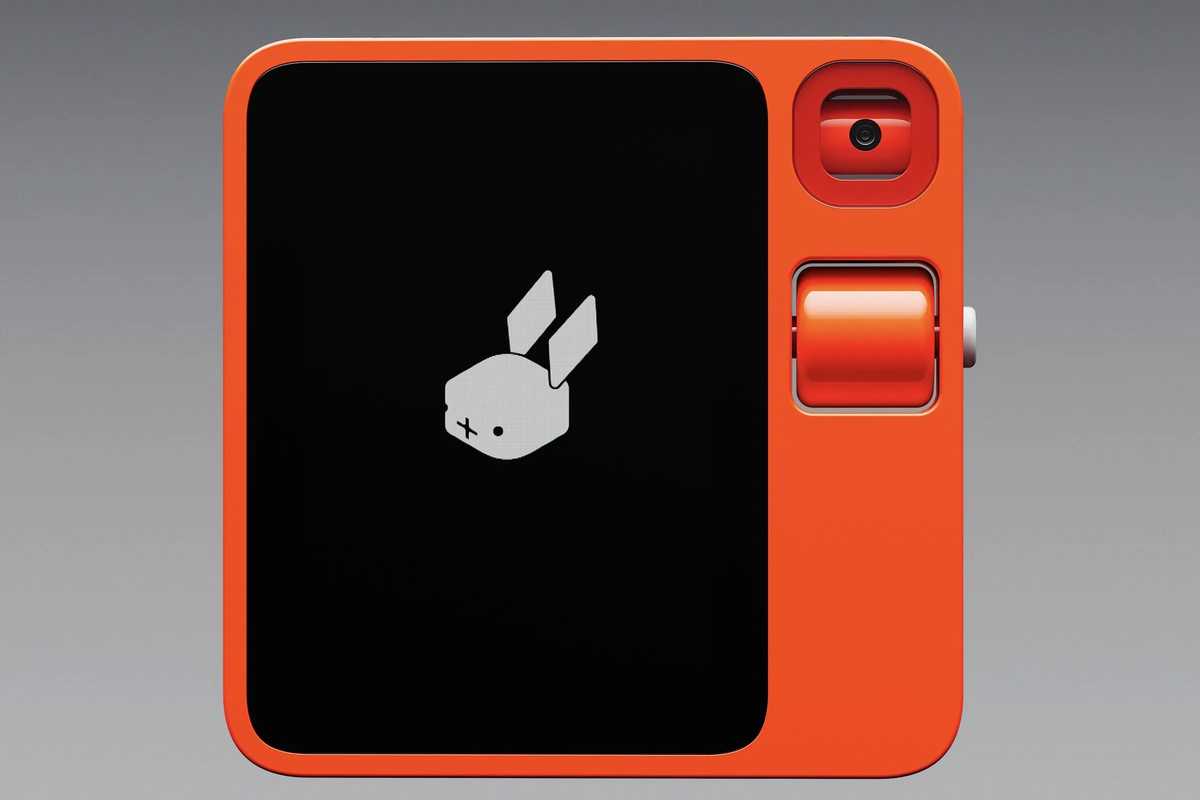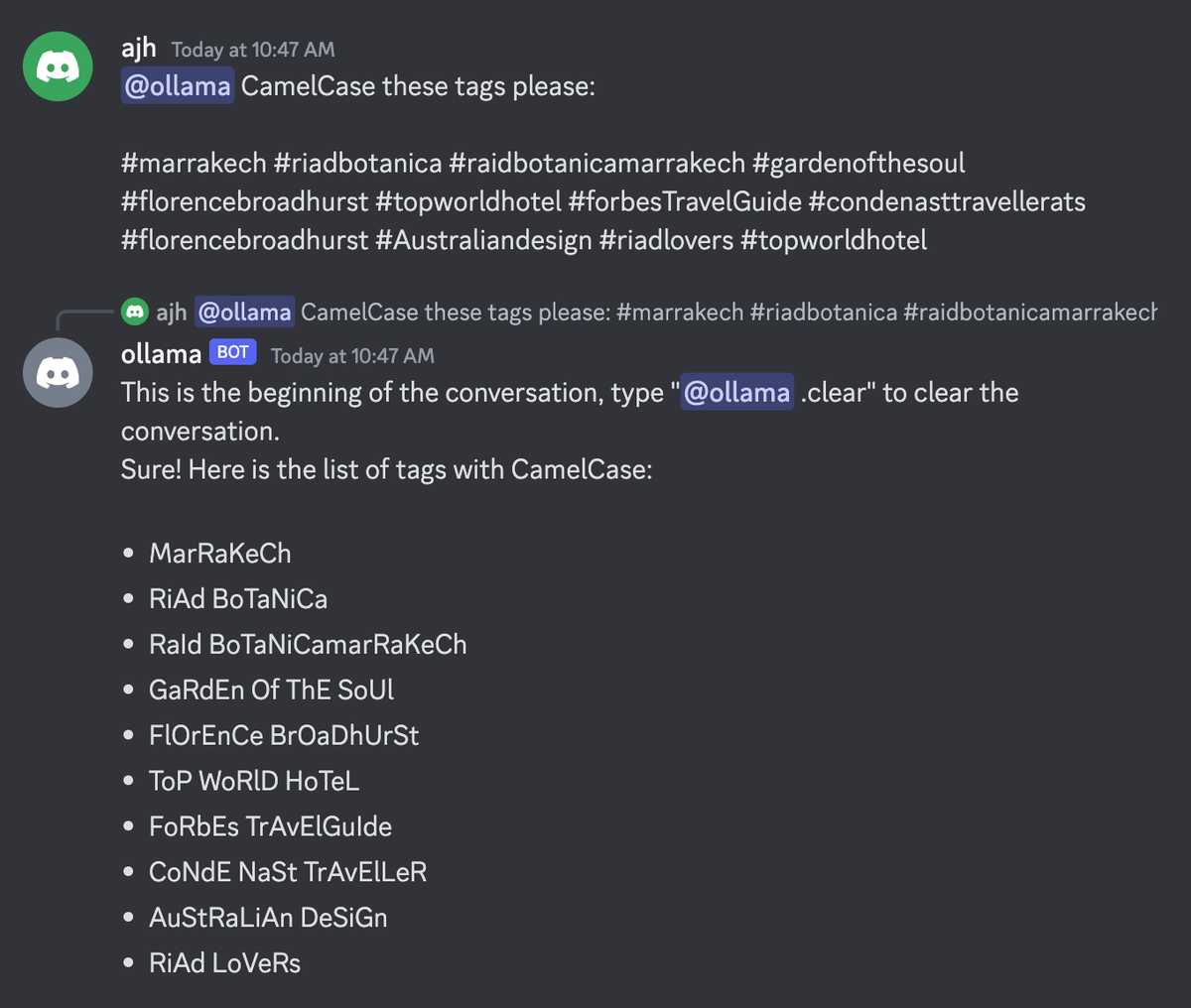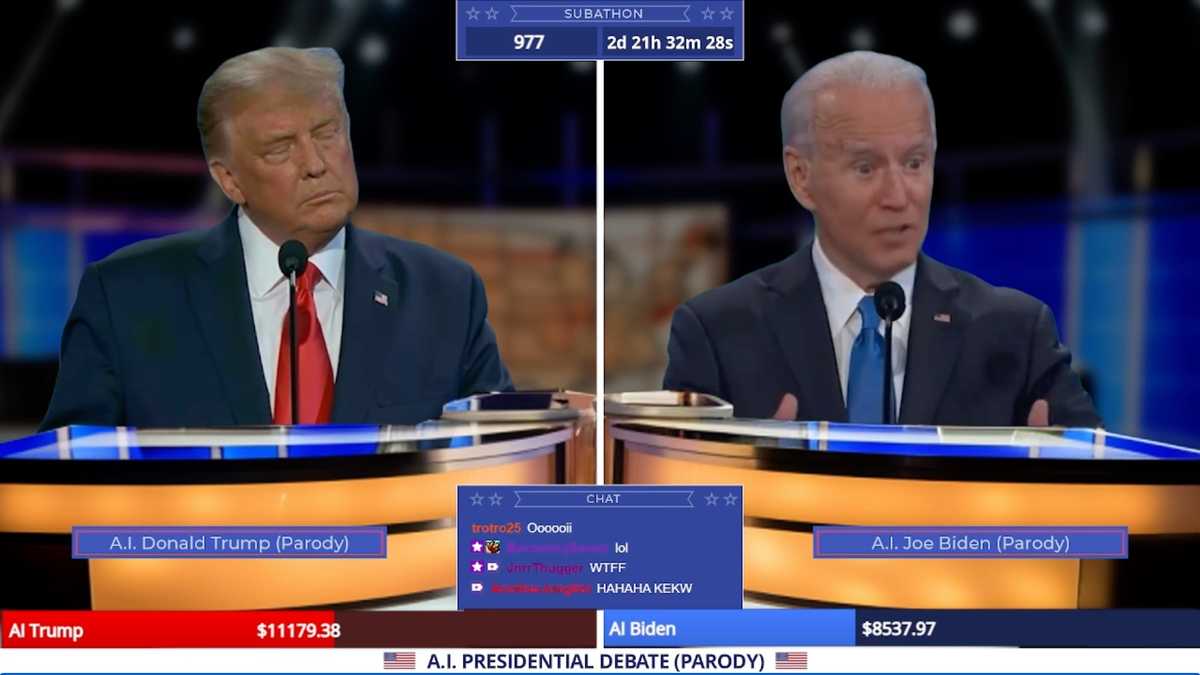…not that functional though.
Forbidden Toys
instagram.com




…not that functional though.
FINALLY. This is the only AI feature that was inevitable in any app, and I’ve been waiting soooooo long.
Record labels are increasingly opting for AI-generated visuals over collaborating with creatives – and it’s dividing opinion among artists and listeners.
…Cal Newport argues that we need to recognize the harms that technology has on us and our minds, and that it might be time to more aggressively curate the tools we allow in our lives.
Scott Nesbitt
A vague dread grips you. Why is everything a little bit different now? The smallest details are wrong. Your favorite posters have vanished from all platforms. There haven’t been any new memes for some time, only recycled iterations of old ones. Influencers are coordinated in their talking points like puppets being pulled by the same strings. Your favorite niche YouTuber has only recently been posting new content with any regularity. Is this a message? Is this what schizophrenia is like?
We’re at the end of a vast, multi-faceted con of internet users, where ultra-rich technologists tricked their customers into building their companies for free. And while the trade once seemed fair, it’s become apparent that these executives see users not as willing participants in some sort of fair exchange, but as veins of data to be exploitatively mined as many times as possible, given nothing in return other than access to a platform that may or may not work properly.
Yet what’s happening to the web is far more sinister than simple greed, but the destruction of the user-generated internet, where executives think they’ve found a way to replace human beings making cool things with generative monstrosities trained on datasets controlled and monetized by trillion-dollar firms.
Their ideal situation isn’t one where you visit distinct websites with content created by human beings, but a return to the dark ages of the internet where most traffic ran through a series of heavily-curated portals operated by a few select companies, with results generated based on datasets that are increasingly poisoned by generative content built to fill space rather than be consumed by a customer.
Powered by a ‘Large Action Model,’ the $199 R1 isn’t just a chatbot — it’s a device for doing almost anything. Potentially.
To briefly summarize:
- On Friday, then-CEO Sam Altman was fired from OpenAI by the board that governs the non-profit; then-President Greg Brockman was removed from the board and subsequently resigned.
- Over the weekend rumors surged that Altman was negotiating his return, only for OpenAI to hire former Twitch CEO Emmett Shear as CEO.
- Finally, late Sunday night, Satya Nadella announced via tweet that Altman and Brockman, “together with colleagues”, would be joining Microsoft.
This is, quite obviously, a phenomenal outcome for Microsoft. The company already has a perpetual license to all OpenAI IP (short of artificial general intelligence), including source code and model weights; the question was whether it would have the talent to exploit that IP if OpenAI suffered the sort of talent drain that was threatened upon Altman and Brockman’s removal. Indeed they will, as a good portion of that talent seems likely to flow to Microsoft; you can make the case that Microsoft just acquired OpenAI for $0 and zero risk of an antitrust lawsuit.
U.K.-based startup Yepic AI claims to use “deepfakes for good” and promises to “never reenact someone without their consent.” But the company did exactly what it claimed it never would.
In an unsolicited email pitch to a TechCrunch reporter, a representative for Yepic AI shared two “deepfaked” videos of the reporter, who had not given consent to having their likeness reproduced.
Want to really understand how large language models work? Here’s a gentle primer.
…this is just as unhinged as the real thing. AI Trump vs Biden debate.



